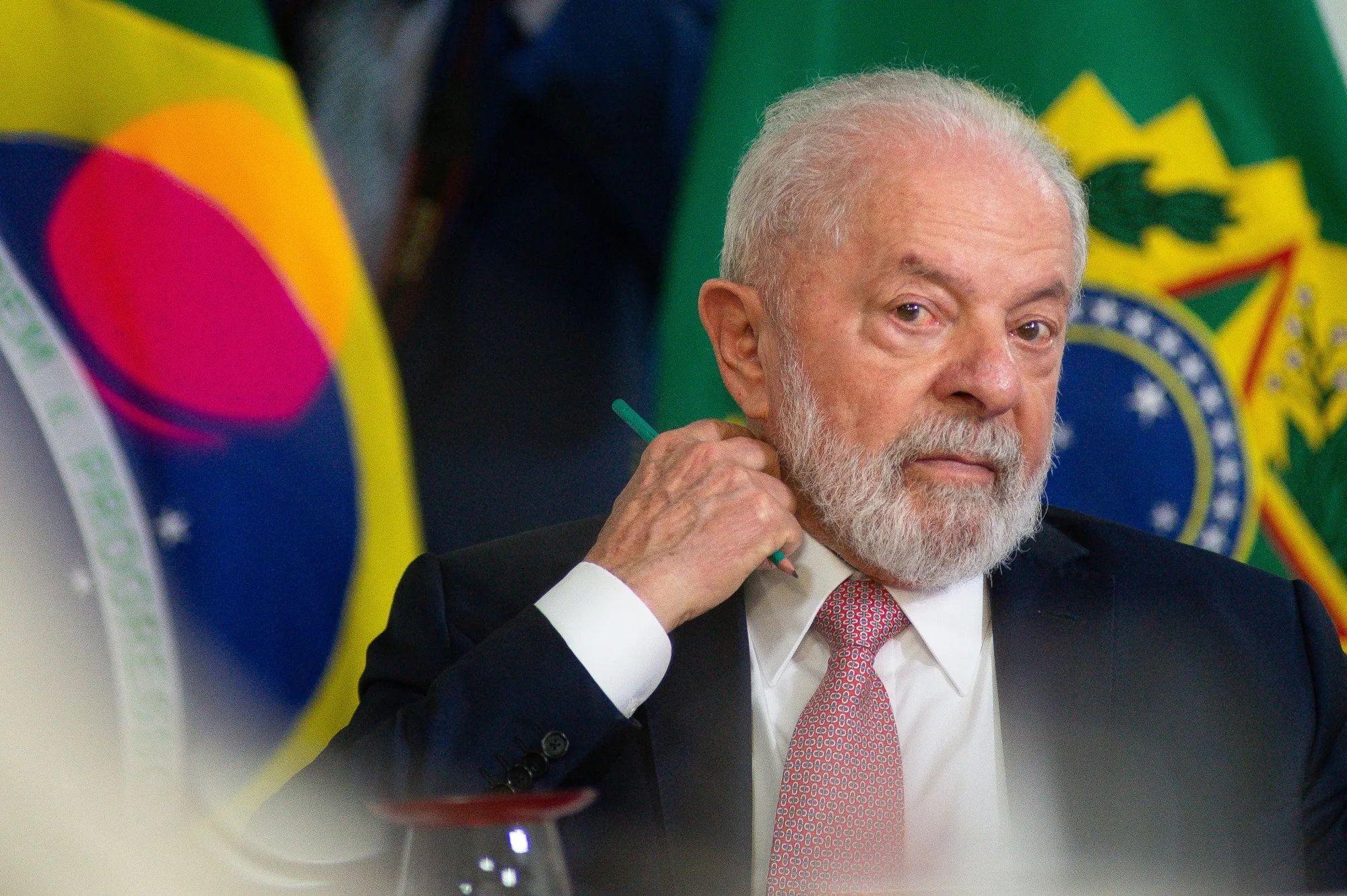The US dollar has weakened significantly against other major currencies, reaching its lowest point of the year. This decline comes amidst growing speculation that the Federal Reserve will soon implement a rate cut, possibly as early as July. Several economic indicators, including slowing inflation and a cooling job market, have fueled these expectations of a shift in the Fed’s monetary policy. A weaker dollar presents both opportunities and challenges for the US economy, impacting exporters, consumers, and investors alike.
Understanding the US Dollar Index
What is the US Dollar Index (DXY)?
The US Dollar Index (DXY) is a widely recognized benchmark that tracks the value of the US dollar relative to a basket of six major foreign currencies. These currencies include the euro, Japanese yen, British pound, Canadian dollar, Swedish krona, and Swiss franc.
How is the DXY Calculated?
The DXY is calculated as a weighted geometric mean of the dollar’s value against the currencies in its basket. The euro carries the highest weighting, followed by the Japanese yen, and so on.
Why is the DXY Important?
The DXY serves as a key indicator of the US dollar’s overall strength or weakness in the global foreign exchange market. It reflects investor sentiment towards the US economy, interest rate differentials, and global risk appetite.
The Federal Reserve’s Role in Currency Markets
Interest Rates and Currency Value
Central banks, like the Federal Reserve, play a crucial role in influencing currency values through their monetary policy decisions, particularly interest rate adjustments. When a central bank raises interest rates, it tends to attract foreign investment seeking higher returns, leading to an appreciation of its currency. Conversely, lowering interest rates can make a currency less attractive, potentially leading to depreciation.
Quantitative Easing and its Impact
Quantitative easing (QE) is another monetary policy tool employed by central banks, involving the injection of liquidity into the financial system by purchasing assets like government bonds. QE can impact currency values by increasing the money supply, potentially leading to currency depreciation.
The Fed’s Communication and Market Expectations
Beyond concrete policy actions, the Federal Reserve’s communication and forward guidance significantly influence market expectations and, consequently, currency movements. The Fed’s statements, minutes from its meetings, and press conferences are closely scrutinized by market participants for clues about future policy intentions.
Factors Driving the Dollar’s Decline
Cooling Inflation: A Sign of Economic Slowdown?
Recent data indicates a slowdown in US inflation, prompting speculation that the Federal Reserve might ease its aggressive monetary tightening stance. While lower inflation can be beneficial for consumers, a rapid decline could signal a weakening economy, potentially leading to a weaker dollar.
Softening Labor Market: A Cause for Concern?
Similarly, recent reports suggest a cooling labor market, with job growth slowing down. While this could help curb inflation, it also raises concerns about potential economic slowdown. A weakening labor market might prompt the Fed to reconsider further interest rate hikes, potentially putting downward pressure on the dollar.
Global Economic Uncertainty and Safe-Haven Demand
The US dollar often serves as a safe-haven asset during times of global economic uncertainty. However, with geopolitical tensions and concerns about a global recession, investors may be seeking alternative safe havens, such as gold or the Swiss franc. This shift in investor preference could contribute to the dollar’s decline.
Impact of a Weaker Dollar
Boost to US Exports
A weaker dollar can make US exports more competitive in the global market, as they become relatively cheaper for buyers using other currencies. This could benefit US businesses reliant on international trade and potentially boost economic growth.
Potential for Inflationary Pressures
While a weaker dollar can benefit exporters, it can also contribute to inflation. As the dollar weakens, imported goods become more expensive for US consumers. This effect can be particularly pronounced in a period of already elevated inflation, potentially eroding consumer purchasing power.
Impact on Foreign Investment
A weaker dollar can make US assets, such as stocks and bonds, less attractive to foreign investors seeking returns in their own currencies. This reduced demand for US assets could potentially lead to lower asset prices.
The Role of Other Central Banks
Diverging Monetary Policies
Central banks around the world often face differing economic conditions and, therefore, pursue diverse monetary policies. For instance, while the US Federal Reserve is considering rate cuts, the European Central Bank might continue raising rates to combat inflation. These divergent policies can create significant volatility in currency exchange rates.
Currency Wars and Competitive Devaluations
In extreme cases, countries might engage in competitive devaluations, attempting to make their exports more attractive by deliberately weakening their currencies. Such actions can lead to currency wars, creating instability in the global financial system.
Investor Sentiment and Market Volatility
Risk Appetite and Currency Flows
Investor sentiment and risk appetite play a crucial role in shaping currency market trends. When investors are optimistic and risk-tolerant, they tend to invest in riskier assets, including currencies of emerging markets. Conversely, during periods of risk aversion, investors often flock to safe-haven currencies like the US dollar.
Technical Analysis and Chart Patterns
Technical analysis, which involves studying historical price charts and patterns, is also widely used by traders to identify potential trading opportunities in the currency market. Technical indicators can provide insights into market sentiment, momentum, and potential trend reversals.
Outlook for the US Dollar
Short-Term Volatility Expected
Given the complex interplay of factors influencing the US dollar’s value, including monetary policy expectations, economic data, and global risk appetite, significant short-term volatility is anticipated. The currency market is likely to remain sensitive to economic releases, central bank communications, and geopolitical developments.
Long-Term Trajectory Uncertain
The long-term trajectory of the US dollar remains uncertain and will depend on various factors, including the pace of economic recovery in the US and other major economies, the divergence in monetary policies among central banks, and the evolution of global risk sentiment.
FAQs about Dollar Slumps to Year’s Low on Mounting Rate Cut Expectations
- Why is the dollar weakening? The dollar is weakening due to expectations that the Federal Reserve will cut interest rates in the near future, potentially as early as July.
- What does a weaker dollar mean for me? A weaker dollar can have both positive and negative effects. It can benefit US exporters by making their goods cheaper overseas but could also contribute to inflation by making imports more expensive.
- Will the Fed definitely cut rates? While the market is pricing in a high probability of a rate cut, the Fed’s decision will depend on incoming economic data.
- What are the other factors affecting the dollar? Other factors include global economic uncertainty, the actions of other central banks, and investor sentiment.
- What is the outlook for the dollar? The outlook for the dollar remains uncertain and is likely to be volatile in the short term.
Conclusion
The US dollar’s recent slump to a year-to-date low reflects mounting expectations of a policy shift by the Federal Reserve. While a weaker dollar can provide a boost to US exports, it also carries inflationary risks. The interplay between economic data, central bank actions, and investor sentiment will continue to shape the currency market’s trajectory in the coming months. Understanding these dynamics is crucial for investors and businesses navigating the evolving global economic landscape.



